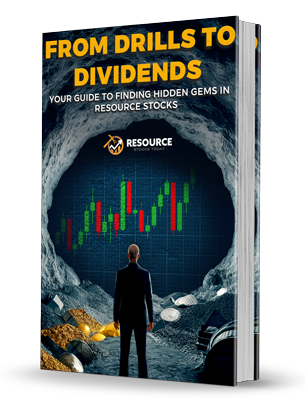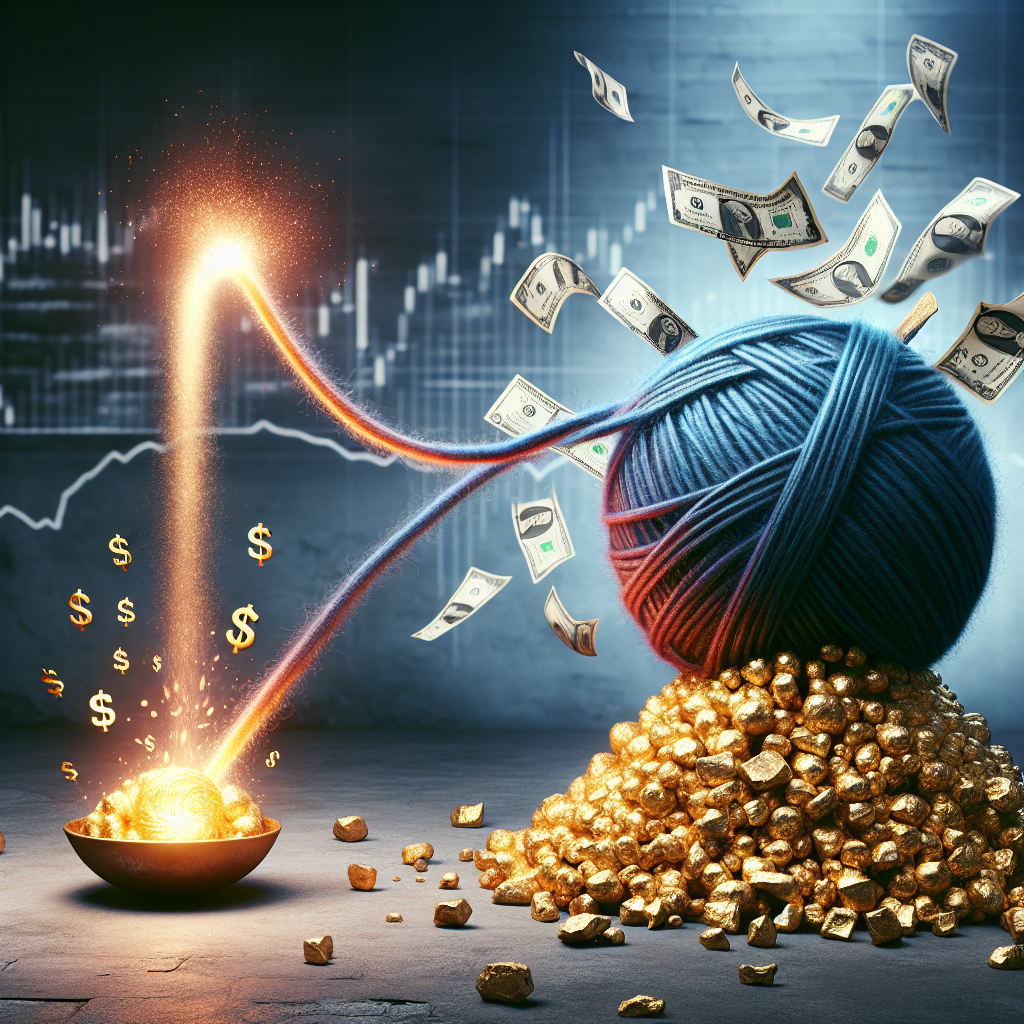Gold’s Resilience Amidst Trade Tensions: Navigating Market Uncertainty
The recent announcement by President Donald Trump regarding the imposition of tariffs on imported steel and aluminum has cast ripples of uncertainty across global financial markets. As investors grapple with potential repercussions, gold has emerged as a safe haven, rallying toward record highs. Currently, bullion is trading near $2,879 an ounce, demonstrating a solid 2.2% increase over the last week and nearly a 10% surge since the beginning of the year. This environment suggests that the demand for gold could remain strong for the foreseeable future.
Market Reactions and Trade Policies
On a Sunday that saw heightened tension in trade discussions, Trump announced that a 25% levy would be implemented on steel and aluminum imports from all countries. The specifics regarding the implementation date remain ambiguous, yet the market reaction has been immediate. Westpac Banking Corp. analyst Richard Franulovich noted that the unpredictable nature of Trump’s administration—particularly concerning tariff threats to both allies and adversaries—has significantly boosted gold’s appeal as a safe haven. His reference to potential 100% tariffs on BRIC nations should they diversify away from the dollar adds another layer of complexity to an already volatile economic landscape.
Safe Haven Appeal of Gold
The allure of gold stems from its long-standing reputation as a store of value, particularly during periods of economic uncertainty. In the wake of tariff announcements that threaten to disrupt trade relationships, investor appetite for gold has surged. Market observers are increasingly focused on Federal Reserve Chair Jerome Powell’s upcoming semi-annual testimony to Congress, where he is likely to highlight the resilience of the U.S. economy. Such insights will be pivotal in shaping the expectations around U.S. monetary policy, potentially determining whether further interest rate cuts may be on the horizon. However, interest rate hikes typically dampen gold’s luster, as the metal yields no interest. Thus, the scenarios surrounding inflation driven by trade policies can lead to increased speculation about gold prices.
Global Trends and Central Bank Diversification
Chinese monetary policy offers further insights into the global gold market dynamics. The People’s Bank of China has continued to expand its gold reserves for the third consecutive month, emphasizing a concerted effort to diversify its assets even in a climate of record prices. This move signals a long-term strategy that aligns with broader global trends where central banks are increasingly turning to gold to hedge against currency risks and economic uncertainty.
At present, spot gold has recorded a slight increment of 0.6%, trading at $2,877.99 an ounce. This follows a significant recent high of $2,886.79. In addition to gold, other precious metals like silver and platinum have followed suit, reinforcing the narrative of widespread investor interest in these assets. Notably, palladium, a metal typically associated with auto catalytic converters, experienced a decline, underscoring the erratic nature of the commodities market.
Investor Strategy in Volatile Times
For seasoned investors in the commodities space, the current landscape requires a prudent analysis of risk factors allied to trade policies, central banks’ currency strategies, and the global economic environment. As we navigate forward, the strategies that integrate resource-driven stocks with a focus on safe-haven assets like gold will be paramount. A diversified portfolio that includes exposure to commodities can offer a hedge against inflation and currency fluctuations while tapping into the bullish sentiment surrounding gold and its peers.
Given the present trajectory, those engaged in commodities and resource stocks may want to remain vigilant. Keeping a close eye on upcoming economic indicators, central bank communications, and geopolitical developments will be crucial in determining the optimal timing to invest or divest in gold-related assets. The narrative of gold as a bulwark against uncertainty is solidifying, but it is equally important to maintain a flexible portfolio approach to navigate the complexities of modern financial markets.
Conclusion
As global tensions mounted and trade negotiations continue to evolve, gold’s position as a reliable safeguard has never been more pronounced. Investors must remain agile and informed as they assess commodity investments and response strategies to burgeoning uncertainty. Focusing on both the immediate impacts of tariffs and the broader implications for inflationary trends, we can approach investment decisions with tempered optimism and strategic foresight.















